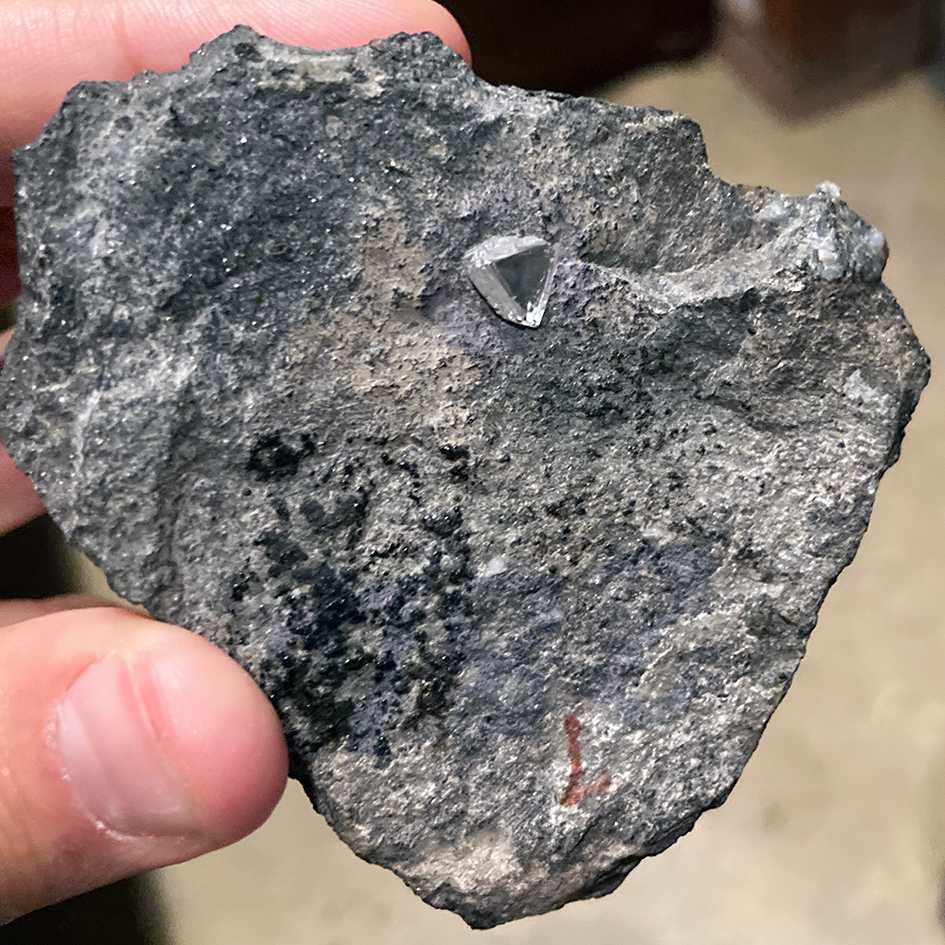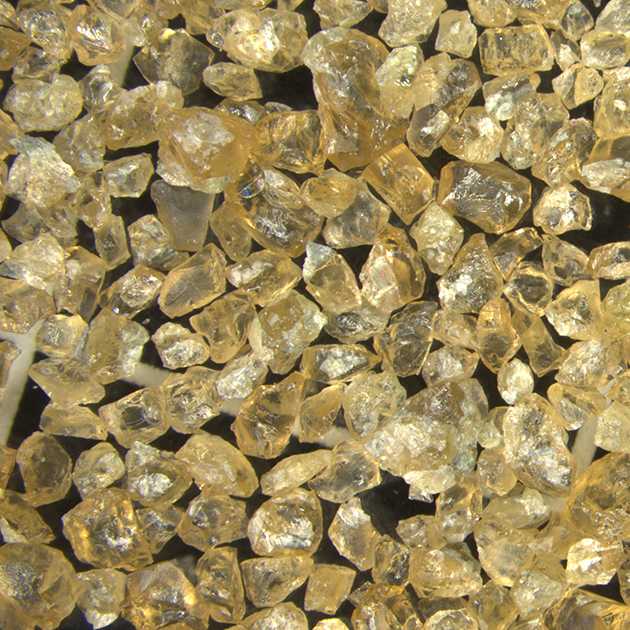Hardly any gemstone is more difficult to find than diamonds. Geologists from ETH Zurich and the University of Melbourne have now established a link between their occurrence and the mineral olivine. This could make the search for diamonds easier in the future.
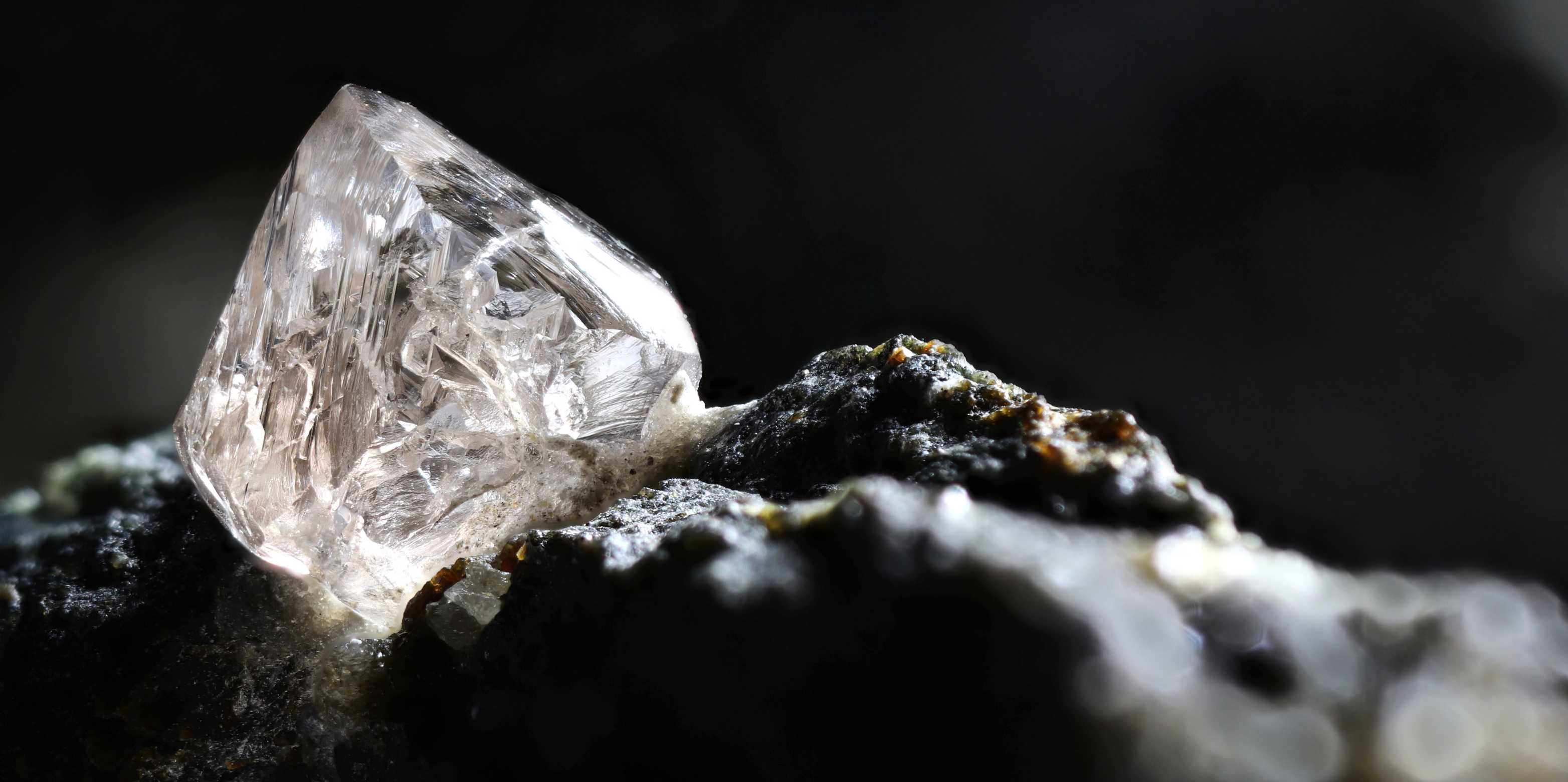
In brief
- The abundance of magnesium and iron in the mineral olivine provides information on whether or not diamonds could be present in a kimberlite rock sample.
- The more magnesium is found in the olivine, the more likely it is that diamonds are present as well.
- Determining the composition of olivine is much faster than previous detection methods. A few companies are already using the new method.
Diamonds are a girl’s best friend, as Marilyn Monroe sang 70 years ago – and fiendishly hard to find. “Diamond producers sometimes wish they were mining gold, copper or some other raw material, because nothing is as complicated as finding and mining diamonds,” says Andrea Giuliani, Senior Scientist at ETH Zurich’s Institute of Geochemistry and Petrology. “There’s no method that guarantees that you will find diamonds.”
Giuliani has been studying the formation and occurrence of the gemstone since 2015. When still at the University of Melbourne, he analysed countless samples of kimberlite, a bluish-black rock of magmatic origin. Diamonds are only ever found where there’s a kimberlite, which in turn occurs only on very old continental blocks that have remained geologically unchanged for billions of years: predominantly in Canada, South America, central and southern Africa, Australia and Siberia. “Just looking for a kimberlite is like looking for a needle in a haystack,” Giuliani says. “Once you’ve found it, then the arduous search for diamonds really gets underway.”
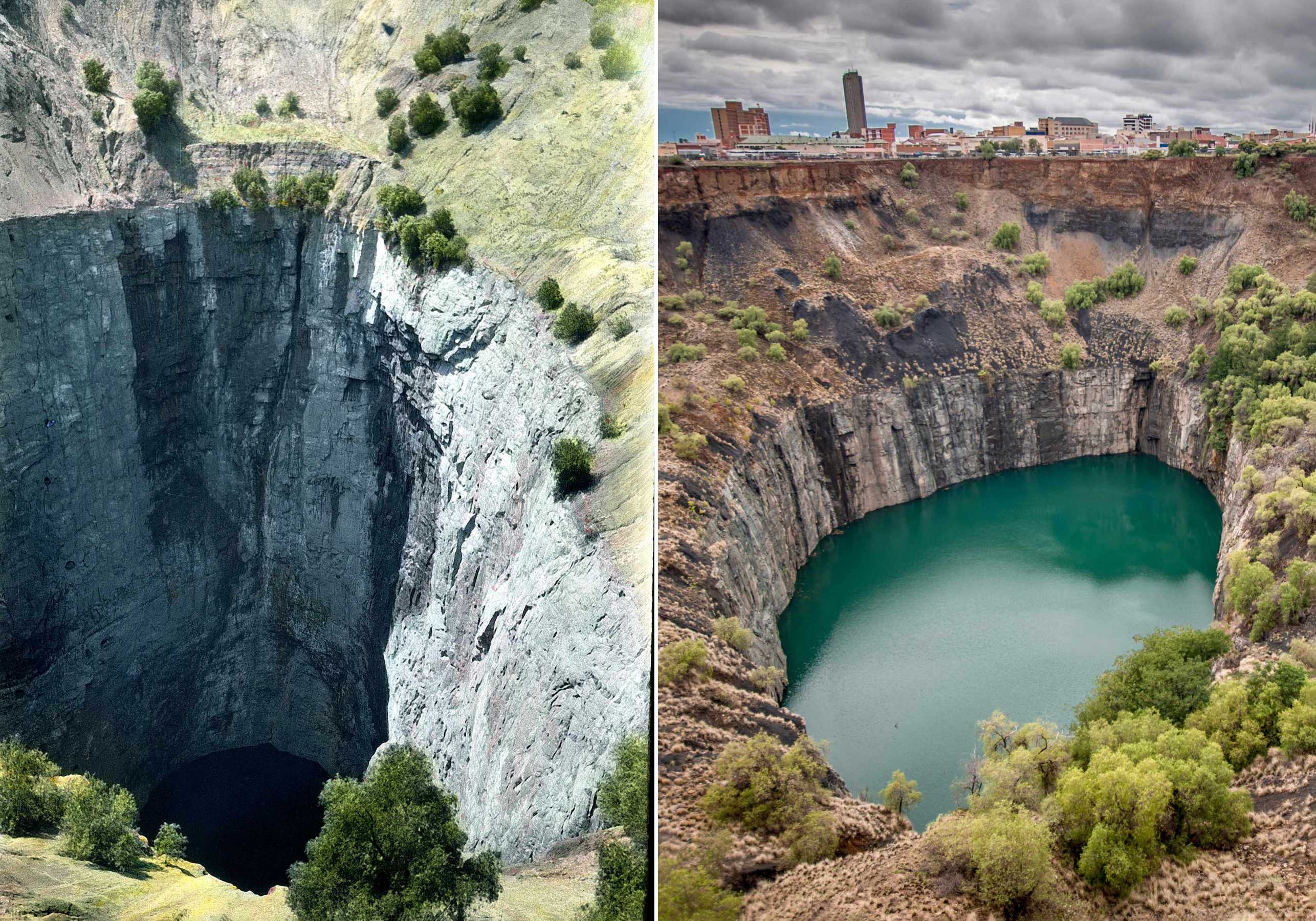
Lots of iron, no diamonds
Giuliani and his colleagues have now developed a method that will simplify the detection of diamond deposits. Their process relies on the chemical composition of kimberlites. Giuliani realised early on that there is a connection between the occurrence of diamonds and olivine, a mineral that makes up around half of kimberlite rock.
Olivine consists of varying proportions of magnesium and iron. The more iron olivine contains, the less magnesium it has and vice versa. “In rock samples where the olivine was very rich in iron, there were no diamonds or only very few,” Giuliani says. “We started to collect more samples and data, and we always got the same result.” Their investigations ultimately confirmed that olivine’s iron-to-magnesium ratio is directly related to the diamond content of the kimberlite.
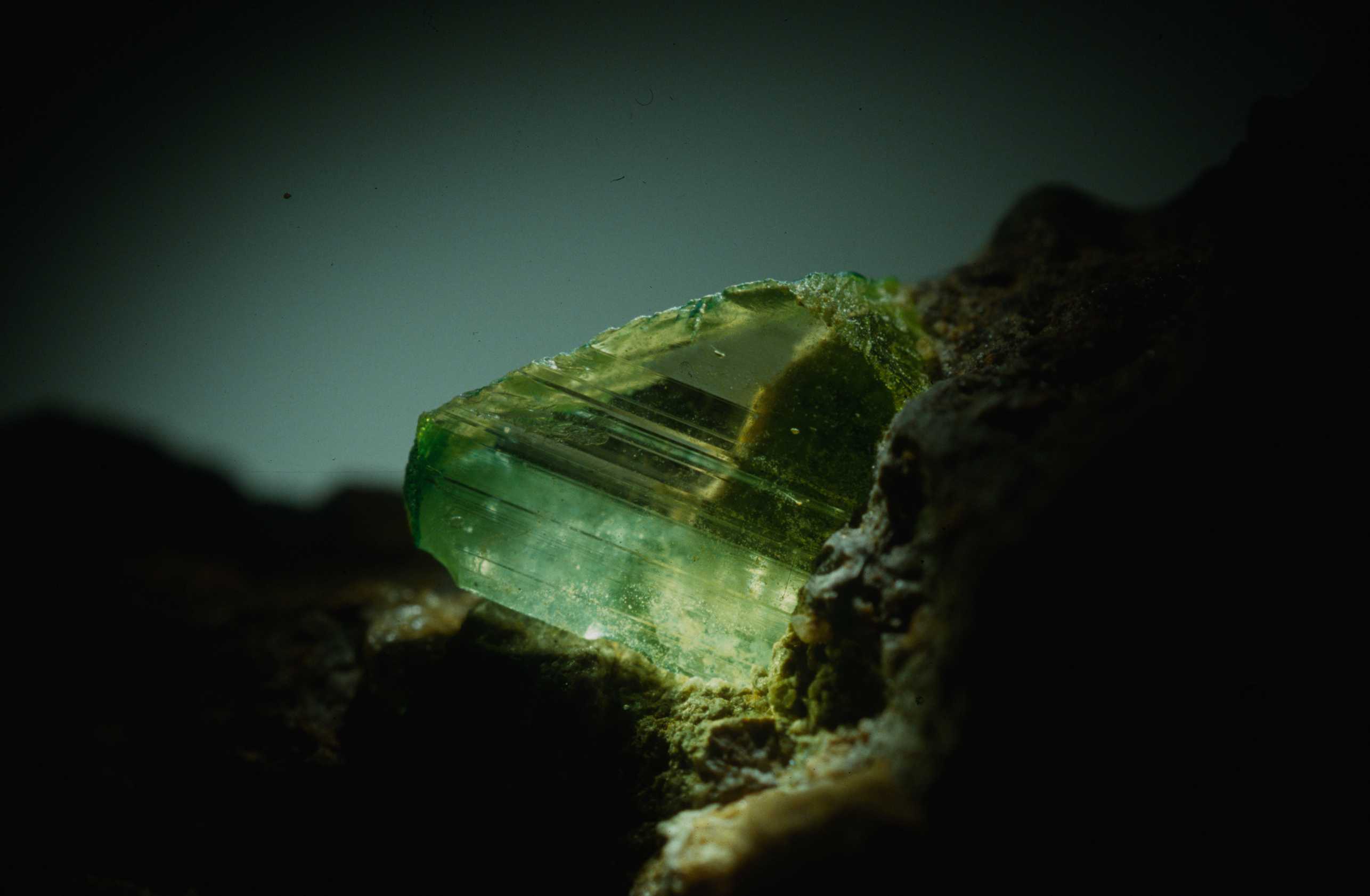
Giuliani took these findings back to the big diamond producer and trader De Beers, which had provided him with the kimberlite samples. De Beers was interested; it provided the scientific study with financial support and asked the researchers not to publish the results for the time being. In 2019, Giuliani came to ETH Zurich as an Ambizione Fellow and, supported by the Swiss National Science Foundation, began to look for explanations for the connection between olivine’s magnesium and iron content and the presence of diamonds.
Diamonds don’t like stop-and-go
To this end, the ETH Zurich researchers examined how the process of metasomatism, which takes place in the Earth’s interior, affects diamonds. In metasomatism, hot liquids and melts attack the rock. The minerals present in the rock react with the substances dissolved in the fluids to form other minerals.
The geologists analysed kimberlite samples that contained olivines with a high iron content – and hence no diamonds. They discovered that olivine becomes richer in iron where melt penetrates the lithospheric mantle and changes the composition of mantle rocks significantly. And it is precisely in this layer, at a depth of around 150 kilometres, that diamonds are present. The Infiltration of the melt that makes olivine richer in iron destroys diamonds. If, on the other hand, no or only a small amount of melt from underlying layers penetrates into the lithospheric mantle and thus no metasomatism takes place, the olivine contains more magnesium – and the diamonds are preserved.
“Our study shows that diamonds remain intact only when kimberlites entrain mantle fragments on their way up that haven’t extensively interacted with previous melt,” Giuliani says. A key point here is that kimberlites don’t normally reach the Earth’s surface in one go. Rather, they begin to rise as a liquid mass, pick up fragments of the mantle on the way, cool down and then get stuck. In the next wave, more melt swells up from the depths, entrain components of the cooled mantle, rises higher, cools, gets stuck. This process can happen multiple times. “It’s a real stop-and-go process of melting, ascent and solidification. And that has a destructive effect on diamonds,” Giuliani says. If, on the other hand, conditions prevail that allow kimberlites to rise directly to the surface, he explains, then this is ideal for preservation of the diamonds.
De Beers is already using olivine analysis
Olivine analysis is as reliable as previous prospecting methods, which are mainly based on the minerals clinopyroxene and garnet. However, the new method is easier and faster: it takes only a few analyses to get an idea of whether a given kimberlite field has diamonds or not.
The analysis of olivine complements previous measurements and helps to form a more complete picture. “The great thing about this new method is not only that it’s simpler, but also that it finally allows us understand why the previous methods worked,” Giuliani says. He adds: “De Beers is already using this new method.”
Reference
Giuliani, A., Phillips, D., Pearson, D.G. et al. Diamond preservation in the lithospheric mantle recorded by olivine in kimberlites. Nat Commun 14, 6999 (2023). doi: external page 10.1038/s41467-023-42888-x.
